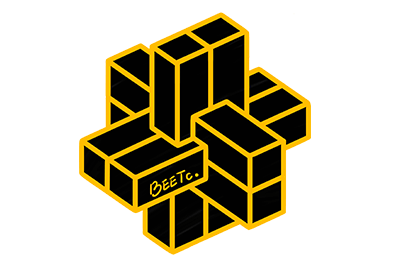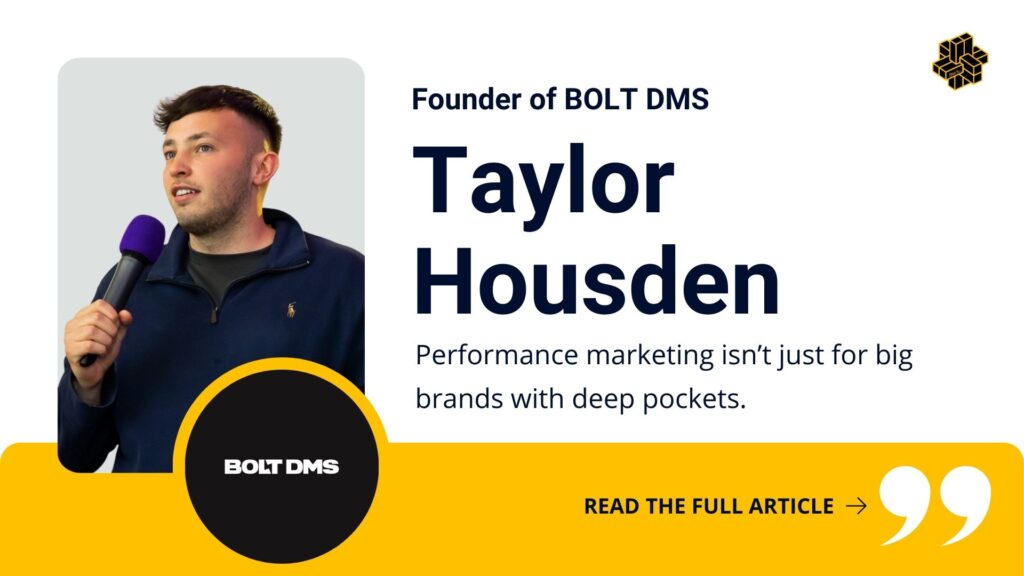How has your approach to customer engagement/retention/loyalty changed due to new MarTech tools and solutions?
Predictive analytics are easily the most valuable tool in my belt when it comes to customer retention.
In the past, I’ve fallen into the common pitfall of putting too much focus on top of funnel activity: building traffic and lead generation. Customer retention is just as important, if not more important than acquisition when it comes to long-term profitability.
Without intelligently analyzing users and their behavior, retention is quite the mountain to climb. Efforts to retain customers are often in vain, stemming from misdiagnosing the why.
Why are customers leaving and how early can you identify customers that will leave?
Intelligently analyzing your customers will allow you to identify and address pain points before they even think about leaving. Predictive analytics tools allow us to tackle post-funnel marketing in ways we never have before. Although powerful AI tools like Optimove haven’t reached a point where they’re affordable for SMEs, their underlying principles should still be embraced.
Gather as much data as possible. Try to understand your customers. Learn what they want and what they don’t. Predict how they will react to the moves you make before you make them.
With all the new MarTech tools and solutions now available, what’s one of the key pitfalls to avoid in the procurement process?
One of the biggest mistakes I see companies make when adopting new technology is trusting user reviews and testimonials at face value.
I’ve seen countless SaaS products rise purely off of astroturfed reviews, only to fall flat when real customers bombard them with realistic reviews. Their flaws are highlighted and justice is swiftly dealt in the form of churn and 1-star ratings.
Just remember that reviews and endorsements can be manipulated, faked and purchased. Data is often misrepresented in politics, but it’s even more apparent in the tech world.
Develop systems to identify authentic reviews. Try out a free trial if it’s available. Speak to employees and customers about the product. Monitor brand mentions on social media and blogs for the truth.
What MarTech vendors have impressed you with their solutions and understanding of true business needs and challenges?
Phantombuster holds the throne in terms of addressing customer needs with solutions to common problems that are easy to implement. The company offers APIs that automate just about any activity you make online. Their selection of APIs is a direct result of listening to customer wants and also anticipating marketers’ needs.
If you’ve ever thought to yourself, “This would be so much easier if I could automate x” they likely have a solution for you. Combining automation on multiple platforms is a seriously powerful and smart way of doing business. They’ve not only answered the needs of growth teams, but also anticipated them. Notable faces of growth hacking in its prime like Josh Fecter and Vin Clancy have sworn by Phantombuster, and so have I.
How has your organisation / team dealt with the challenge of the marketing industry and wider digital world evolving at such a fast pace?
To put it simply: long term thinking.
We secure our bottom line first and then explore new technology and tactics. Ironically, this means putting a focus on marketing strategies that don’t evolve as quickly. Identifying tactics with true longevity is essential to keeping up with new trends because it allows us to be able to take on more risk.
Currently, what are you primarily looking for in your digital marketing efforts? Awareness or engagement? Why?
I’ve pretty much always focused on engagement over awareness since I’ve specialized in manipulating social media algorithms. Engagement dictates organic reach and your total impressions on social media.
In principle, all social media feed algorithms operate under one simple concept. Benchmark the quality and quantity of engagement against time elapsed and reward content with impressions accordingly.
What is your key takeaway piece of advice that you would give when speaking to others on how to evaluate and select a MarTech stack?
Make realistic timelines for implementation and tack on even more time to that. The time needed to train staff and fully integrate should be considered as part of the initial purchase cost of any new tech stack.
How did your MarTech journey begin? Please let us know your top 3 findings and discoveries.
At the start of my marketing career, I was doing simple social media management. I had zero background in marketing and no formal education, so I took on as many pro bono contracts as I could to learn how to grow audiences. To manage a large number of social media accounts without any staff working with me, I turned to automation to tackle time-consuming, monotonous tasks like post scheduling and curating content.
Next for me was the basic automation of social media interactions. Auto-liking tweets were almost an obsession at this point. How many followers can I gain off just auto-liking tweets? Who is most likely to follow me if I like their content? What type of content should I be auto-liking? These were the questions drilled into my head that allowed me to build highly valuable audiences.
My Top 3 Takeaways from Marketing Automation
- Automation is a tool, not a solution. Prove your methodology and targeting manually first and then automate once you are absolutely sure you’ll achieve your objectives. Automation puts you at risk of embarrassing yourself to your target audience – at scale.
- Know the hard limits of the platforms you’re automating and play it safe when it comes to speed and scale. You can send a maximum of 1,000 DMs on Twitter per day, per account. Should you send the full 1,000 every day? Definitely not. Pushing your account to its limits will set off red flags and get you marked as a spammer.
- Identify all risks involved with automation and then assess if it’s the right move to make. Theorize about potential risks and prepare countermeasures. What happens if your Instagram account gets banned? Can your company recover?
For you and your team, which is currently recognised as the larger challenge – MarTech integration or MarTech strategy?
MarTech integration has always posed a larger challenge to myself and my team, as growth strategy is our specialization. New technology is sexy, exciting and above all else: sensational.
Integrating MarTech almost always seems like a fun challenge that will push us towards our long-term goals. In practice, this isn’t the typical case. We’ve found that unforeseen consequences of integrating with existing systems and processes blossom. Performance of the metrics we’re tackling with new tech often improves, but other metrics drop unexpectedly as a result.
Have you mainly chosen to adopt established MarTech or have you also looked into the emerging opportunities? Which?
My growth team at Bodega Hostels actively pursues new automation tools but otherwise sticks to established companies for everything else. Implementing new tech has slowed us down from core growth activities in the past, so having a very stable growth rate is a top priority.
Which MarTech brands have you found have / are close to best meeting your expectations when it comes to customer experience? Let us know of any brands which have exceeded expectations.
A handful of MarTech brands immediately come to mind when I think of excellent customer service:
- Instavast (Instagram automation)
- Publer and Buffer (social media scheduling)
- Ahrefs (SEO analysis)
I’ve personally seen conversations between all of these companies and their customers leading to new feature launches, help centre content and even UX changes.
Instavast in particular stands out for me, as suggestions I’ve made for the platform quickly became new features. Some of their feature launches have become standard in that space, so they’re a massive proponent in pushing Instagram automation forward. While other brands may take the spotlight in the Instagram automation space, it’s my opinion that Instavast is highly influential and worth watching.
What do you predict as being the top MarTech trends for 2020?
Aside from the obvious contenders (AI, blockchain, IOT, VR, etc) that will no doubt shape the future of tech as a whole, my biggest MarTech prediction for 2020 is voice search. It will begin to reshape the SEO industry in 2020. Google has been on a warpath to provide users with the information they want without needing to visit your actual website. Optimizing for voice search will become extremely important for a number of industries, especially those providing localized services.













